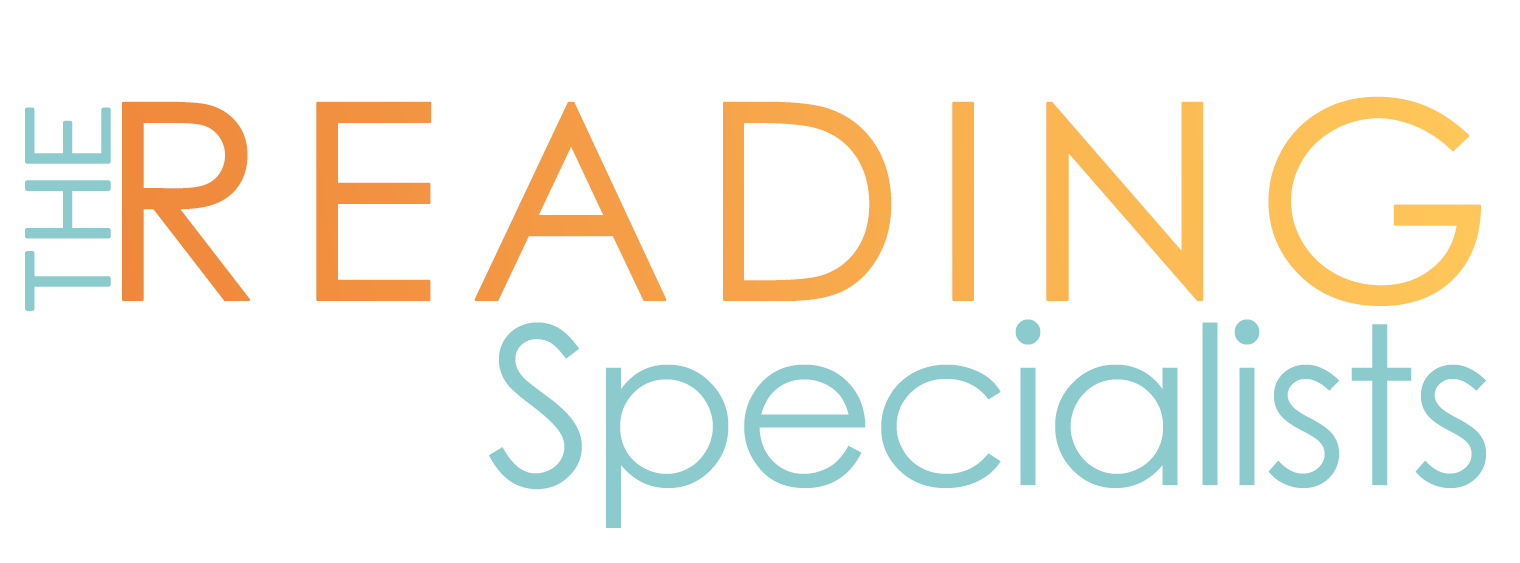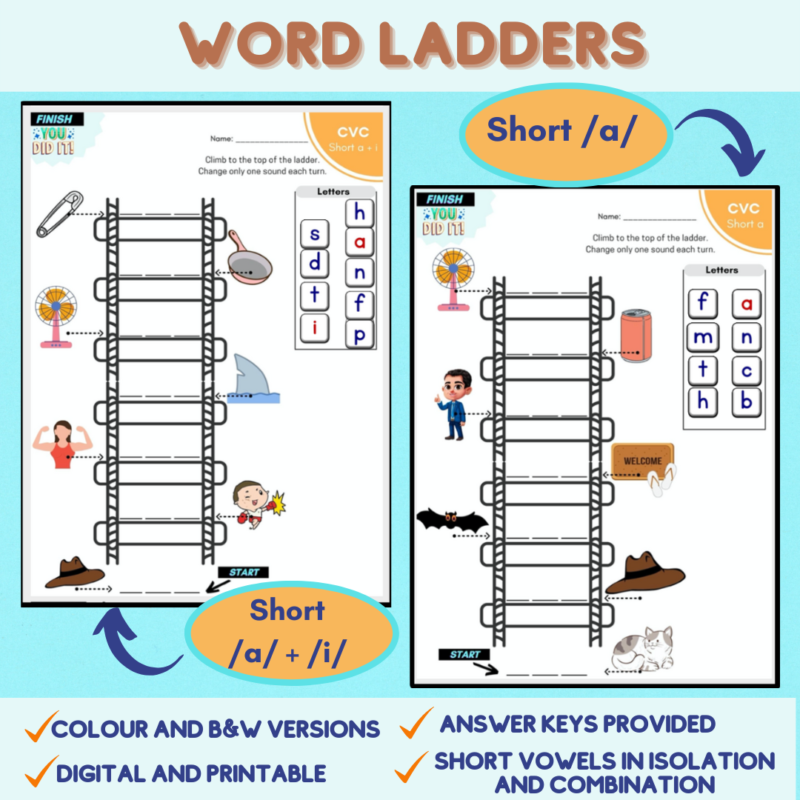Improve Student Reading through Useful Assessments
Reading is a fundamental skill that plays a crucial role in academic success and overall wellbeing. To effectively support students’ reading development, teachers must utilize reliable assessments that provide valuable insights into their individual reading needs. While the Fountas and Pinnell reading assessments have been widely used, they do not provide a clear plan for improvement. Using data from phonological awareness, sight word surveys, oral reading fluency, and decoding surveys is far more useful in providing targeted reading instruction that will ensure students make significant gains in reading quickly.

Utilizing Phonological Awareness Data
Phonological awareness refers to the ability to recognize and manipulate the sounds of spoken language. One of the most robust findings of modern reading research is that proficient reading is strongly associated with the ability to identify, remember, and sequence sounds in words (Moats, 2012) . By assessing students’ phonological awareness skills, educators can identify areas that require improvement and tailor reading instruction accordingly. Administering phonological awareness surveys allows for a comprehensive understanding of students’ any gaps in phonological awareness, and address them quickly. Children need solid phonemic awareness training for reading instruction to be effective (Blevins, 2017). We use Heggerty Phonemic Awareness assessments for our students.
To implement this step effectively:
- Conduct sound matching or blending tasks as part of phonological awareness surveys.
- Analyze the survey results to identify specific areas of strength and weakness.
- Develop targeted instructional activities that focus on improving weaker areas while reinforcing existing strengths.

Sight Word Surveys
Sight word recognition is a critical component of reading fluency and comprehension. Conducting sight word surveys helps educators identify high-frequency words that students should recognize automatically. 50% of any text is made up of the 100 most common words in English, so when kids can recognize these words ‘in a flash’, they are able to focus most of their mental energy on decoding new words. We use Really Great Reading’s Sight Word Surveys to assess our students proficiency with high frequency words.
By pinpointing sight word deficits, instructors can implement interventions to improve students’ sight word vocabulary. Here’s how to proceed:
- Administer sight word surveys that assess students’ recognition of common words.
- Analyze the survey data to identify frequently missed words and patterns.
- Design engaging activities and games to reinforce sight word recognition and promote automaticity.

Leveraging Decoding Survey Results
Decoding skills are crucial for reading comprehension, as they involve translating written symbols into meaningful words. Assessing decoding abilities helps identify students who struggle with word recognition and phonics. We use Really Great Reading’s Foundational Skills Surveys to assess our students proficiency with high frequency words. To leverage decoding surveys effectively:
- Administer decoding surveys that evaluate students’ ability to decode unfamiliar words.
- Analyze the survey results to identify patterns of difficulty and common errors.
- Develop targeted instruction focusing on phonics, word patterns, and decoding strategies to improve decoding skills.

Making Gains in Reading Quickly
To maximize the impact of data-driven reading assessments, it’s crucial to implement targeted instruction based on the identified needs of individual students. Customizing instruction ensures that students receive support in areas where they require the most assistance. Here are some steps to consider:
- Utilize the data from assessments to create personalized reading plans for each student.
- Tailor instruction to address specific reading needs, such as phonological awareness, sight word recognition, oral reading fluency, or decoding skills.
- Regularly monitor students’ progress, adjust strategies as necessary, and provide ongoing support to maintain momentum and foster continued growth.
Data-driven reading assessments provide valuable insights into students’ reading abilities, enabling educators to target instruction effectively. By utilizing phonological awareness, sight word surveys, oral reading fluency, and decoding surveys, educators can identify students’ specific reading needs and implement personalized strategies for rapid improvement. It’s time to move beyond the limitations of traditional assessments and embrace a data-backed approach to reading instruction, fostering a generation of confident and proficient readers.






